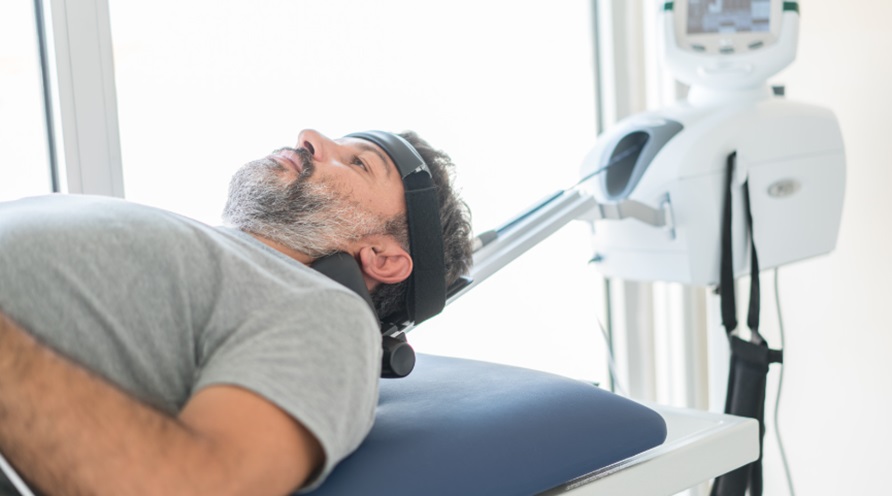Selecting the right traction machines can vastly improve your quality of life by addressing pain, improving mobility, and maintaining proper posture. Whether you’re new to the technology or looking to upgrade, understanding your options is essential. Learn more about the different kinds of traction devices so you can make an informed choice.
Understanding Traction Machines
Traction machines are designed to alleviate pain in the back, neck, or joints by gently stretching and aligning the spine or specific problem areas. Advanced models feature customizable settings to target individual needs. Choosing the right machine depends on several factors, such as the area of discomfort, portability, and budget.
If you’re still determining how traction tables work, there are detailed insights available that explain the mechanics behind these devices. Knowing this can help you decide whether you need a static or dynamic machine for optimal results.
Types of Traction Machines
There are various types of traction machines on the market, each catering to different needs. Here’s an overview:
- Manual Traction Devices
These are usually simpler and more affordable. The therapist or user manually adjusts the settings to achieve the desired stretch. They are ideal for those looking for a straightforward solution for mild to moderate discomfort.
- Motorized Traction Machines
Motorized units are more advanced and allow users to control the intensity and angle of traction. They are preferred for severe conditions like chronic back pain or sciatica. Their digital settings provide precision, making them highly effective for tailored treatments.
- Portable Machines
Portability is a significant consideration for people who want relief on the go. Portable devices can be easily stored and carried, making them suitable for busy lifestyles.
A guide on traction machines and healthy posture highlights how these devices can significantly support long-term spinal health, offering solutions to painful symptoms caused by poor alignment or sedentary habits.
Factors to Consider When Buying a Traction Machine
- Specific Needs
Think about the area you want to target—lumbar, cervical, or both. Machines vary in their functionality, so it’s crucial to select one compatible with your personal health concerns.
- Adjustability
Look for machines with adjustable settings for pressure and angles. This feature ensures the device can adapt to your body and specific requirements over time.
- Ease of Use
User-friendly controls and clear instructions make the treatment process more convenient, especially for home users. You may want to consider whether the machine comes with presets or manual controls for customization.
- Price Range
Investing in a traction machine is a commitment. Set a realistic budget and ensure the device has all the essential features you need to avoid overpaying for unnecessary extras.
Benefits of Choosing the Right Machine
The right traction machine can offer numerous advantages, like relieving tension in your muscles, increasing blood flow, and improving overall mobility. Proper spinal alignment helps reduce the risk of further injuries, and many users report better posture and reduced stiffness.
If you’re unsure where to begin, consider exploring a resource on how back traction machines contribute to a healthier, straighter spine. This detailed information can be valuable for making the best decision.
Conclusion
Investing in a traction machine isn’t just about alleviating pain—it’s about improving your overall quality of life. By understanding the different types, features, and benefits, you’ll be better prepared to find a machine that meets your needs. With the right traction device, you can achieve better alignment, mobility, and comfort.





